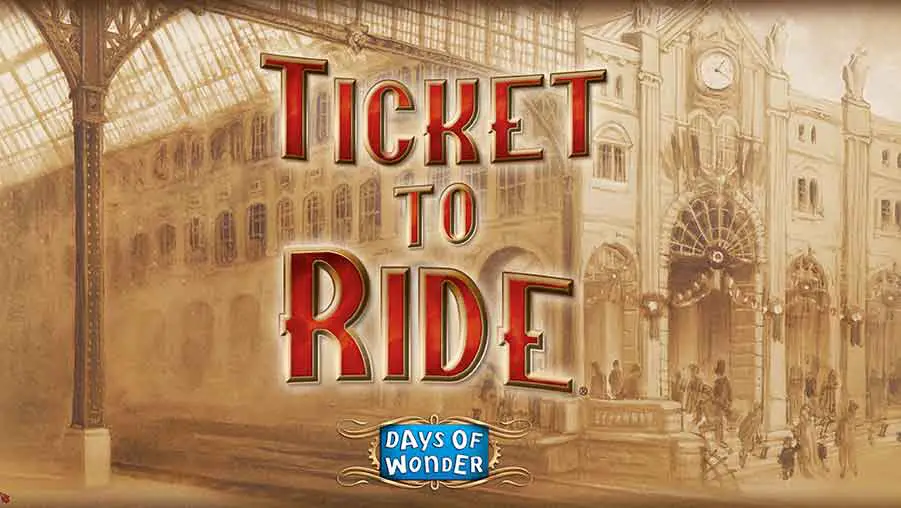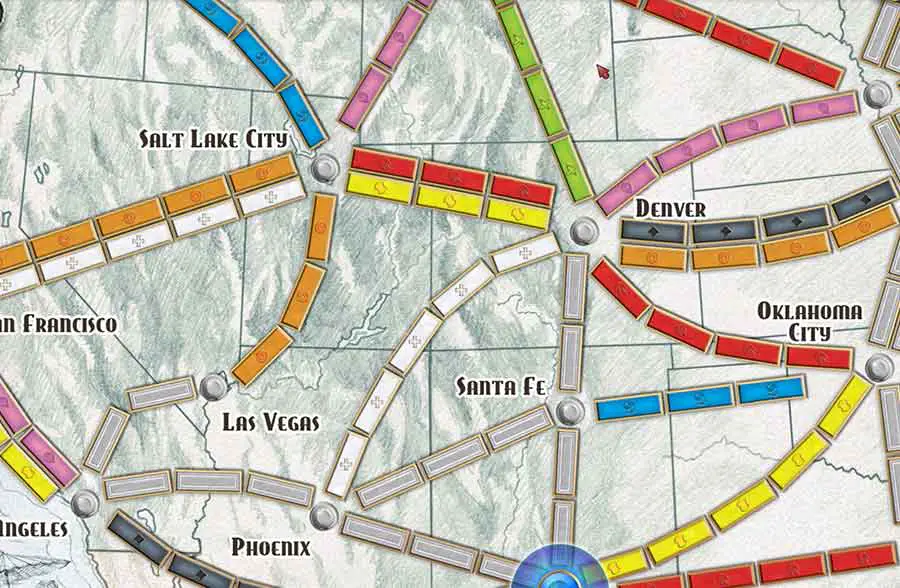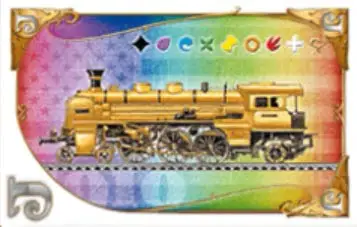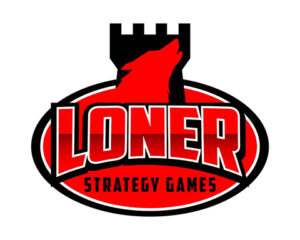
This game is a “cross-country train adventure” according to the Ticket To Ride rules. At the end of the game you count up the number of points for your routes, add the points for your completed destination cards and subtract points for those that haven’t been completed, then add in any points from special bonus cards that you’ve earned. High score wins. Simple and fun!
The best winning strategy is to keep routes at the start of the game that are geographically close to each other. As the game progresses and you draw more destination cards keep cards that build on to your other routes, resulting in more points with less trains in less turns.
After researching dozens of posts, videos and websites, plus using hundreds of hours of personal game experience, it turns out that one of two fundamental strategies is the best, depending on the destination cards you are dealt at the beginning of the game.
The first strategy is to try to keep at least one long route at the start of the game if you draw it. If you have other destination cards that fit into this route by having common segments, keep them. These are easy points with minimal build time. The more one destination card shares segments (routes) with another destination card the better. This is true for any strategy.
This also gives you a springboard to build “branch routes.” These require minimal trains and less turns to complete if you’re lucky enough to draw destination cards that build on one you already have. For example, if you build a route from Los Angeles to New York, and then are lucky enough to draw the Los Angeles to Chicago card, you’re likely to have already finished that route so you get an additional 16 points without even trying!
This “long route” strategy also gives you more opportunities to add on to a completed route since you have more route segments, resulting in more points in less turns plus getting those bonus cards helps too. Take the shortest path possible when completing a destination card unless going out of your way helps you complete two routes at once, giving you more points for less trains and in less turns.
The next strategy is a good strategy if you don’t draw a long route as a destination card at the start of the game. Instead keep 2 or 3 short routes that are close together so they have common segments, allowing you to essentially work on two routes at once. If none of them are close together or have common segments keep the two shortest ones. Once they’re completed (quickly since they’re short and if you’re a little lucky) you can draw three more destination cards. Hopefully you’ll get some routes that have common segments with the ones you’ve already built.
Either strategy is a good option if you get a long one and two short ones since I’ve won lots of games using both strategies, you can chose to keep the two short ones that work well together or keep the long one and remember, you only need to keep 2 out of 3 of these destination cards at the start of the game. It all depends on how you like to play the game.
On the next draw if you do get a long route for a destination card make sure you have enough trains to complete it before keeping it. It’s a big disappointment when you’re close to the end of the game and are expecting big points from that last, long route, only to finally notice that you’re a train or two short of being able to complete it. And remember long routes can be difficult to complete and are easy to block, even if your opponent doesn’t know what your route is. A long route is easily blocked, even inadvertently, since it covers such as large area and is bound to cross over someone else’s planned route. Have extra trains available so you can deal with that eventuality also.
When using either of these strategies you can slow other players down by taking cards that are face up instead of drawing if you know they need colors that are showing. This stalls their route building just a little longer giving you more time to finish yours. Once you get five cards of one color you can stop collecting them in case you get a wildcard when you do draw. All you need to claim the longest routes are six cards of one color.
If you’re interested in good games for two players you can check out what the best versions of the game are for that at this page on my website.
Another Good Strategy That Isn’t Much Fun
Although not in the spirit of the game, at the start of the game keep the destination cards with the lowest points. End the game as quickly as you can while building the longest train routes that you can, regardless of what your destination cards are. Take cards off the top of the deck for about 20 turns so you have a lot of cards to work with, then start claiming routes. Build as many 5 and 6 car routes as you can. This strategy will usually win even with the longest routes and most routes bonus cards in play. That’s because the uncompleted routes from opponents will cause them to lose almost as many points as what the bonus cards will give them. The winning score will boil down to who has gotten the most points from the routes they’ve claimed. Since you’ve probably claimed the majority of the 5 and 6 car routes you’ll most likely win, and less likely to have any friends!
Most Valuable Cities Strategy

You can use the “Most Valuable Cities” strategy. What this means is that you focus on building routes to your most valuable cities first. The most valuable cities depend on the version of the game you’re playing. For the 1910 version of the USA game with 2 or 3 players the most valuable cities are Las Vegas, Miami, Boston, San Francisco, and Vancouver. The GraphGraph.com website has a complete list of values for each of the more popular versions of the game. For a complete list and a detailed look at how they figured out what was the most valuable cites are, plus a downloadable PDF file, go to this website.
Ticket To Ride Tips
Claim your chokepoints first! If you have a route that has a portion that needs only one or two trains, and especially if they’re gray, claim them quickly. They’re easy targets for everyone!
Although tempting drawing a face-up wildcard is not a good idea unless you really need it to finish a set because the game is ending, or you think someone else is going to steal a route segment you need. When you take a face-up wildcard you only get one card that turn instead of two. It’s much better to draw cards instead. You might get lucky and draw a wildcard anyway.

Watch the colors your opponents are taking from the face up cards. If you think they’re going after a segment you need claim it first, even if you need to take a face up wildcard.
Don’t build your destination route segments in order or too early. This tips off what your plans are, allowing the other players to develop a strategy to stop you, like making a “hate” claim of a route they don’t really need just to slow down your progress. There’s nothing more frustrating that having that last portion of your route take 8 trains instead of 2, and three turns instead of one. It could cost you the game.
Stick to the same geographic area, like the west. Not only will this afford you greater opportunities to build on existing routes it will also lessen the likelihood of “bumping” into an opponent’s planned route, which could result in you losing the segments you need for an optimal route.
Keep an eye on how may trains everyone has. If someone has six or less avoid drawing any more destination cards. It’s time to start placing those trains so you can at least get a few additional points, and you may surprise your opponent and catch them with incomplete destination cards, causing them to lose points.
After a few turns draw more destination cards to see if you can get routes that overlap (have common segments). This lets you develop an overall strategy in the game about how you want to build your routes, what geographic area to focus on, and what your most critical colors are.
Keep a brisk pace. Once all your routes are finished either end the game as fast as you can, or if everyone has plenty of cars left draw more destination cards. Not doing either allows the other players to gain points on you.
Try not to block another player unless you absolutely must. Not only does that usually score you only a few points and waste a turn, your opponent will actually score more points by taking a longer way around your block. And there’s always revenge to worry about.
At the start of the game if you get low value (a value of about 5 or less) destination cards you can just keep the two lowest and take them as a loss. Fill up the longest train routes (5 of 6 cars) and forget about drawing more destination cards or even completing the ones you have. In other words, take the “Least Fun” strategy that was mentioned earlier.
How Long Does It Take to Play Ticket To Ride?
Typically, a game of the 1910 USA version takes about 45 minutes with 2, and sometimes 3, experienced players. Playing for fun rather than “rushing” the game makes a difference too. Sometimes, if things are going well for both players and both players don’t take a long time deciding what to do, two players can finish a game in as little as half-an-hour. A more likely amount of time, even for 2 players, is around 60 minutes if you take a little time pondering what to do.
Do Routes Need to be Built Starting at One End or In One Particular Direction?

The simple answer is no. You can start building in the middle, at one end, or in a completely different location if trying to mislead the other players, which is a very often a good idea. It doesn’t matter which direction you go either, the main objective is to complete the destination card, usually (but not always) in the shortest way possible.
How Many Routes Can Be Part of More Than One Destination?
All that matters is that the routes are complete for the destination card, regardless of whether they are part of two or more destination cards. One of the strategies for this game tries to do exactly that since drawing one of these is getting free points. For instance, if you’ve completed the Los Angeles to New York Destination card and ran the route through Denver, then drawing the Denver to Saint Louis destination card will most likely give you 6 more points without doing anything. You can either keep one of the other two destination cards if they merge into one of your already completed destination cards, or you can return them and draw again, hoping to get lucky once more with some more free points!
Destination Cards
Don’t forget to visit my YouTube channel at https://www.youtube.com/channel/UCcWU6qxVisK93h5guKRVtdg
Do you have to draw more destination cards when your destinations are completed? Absolutely not! As a matter of fact, the other players won’t even know if you’re finished with your destination cards. You can either draw more, play the spoiler and block other people’s routes, or try to end the game if you think you’re ahead by claiming routes that aren’t part of any destination card you might have.
